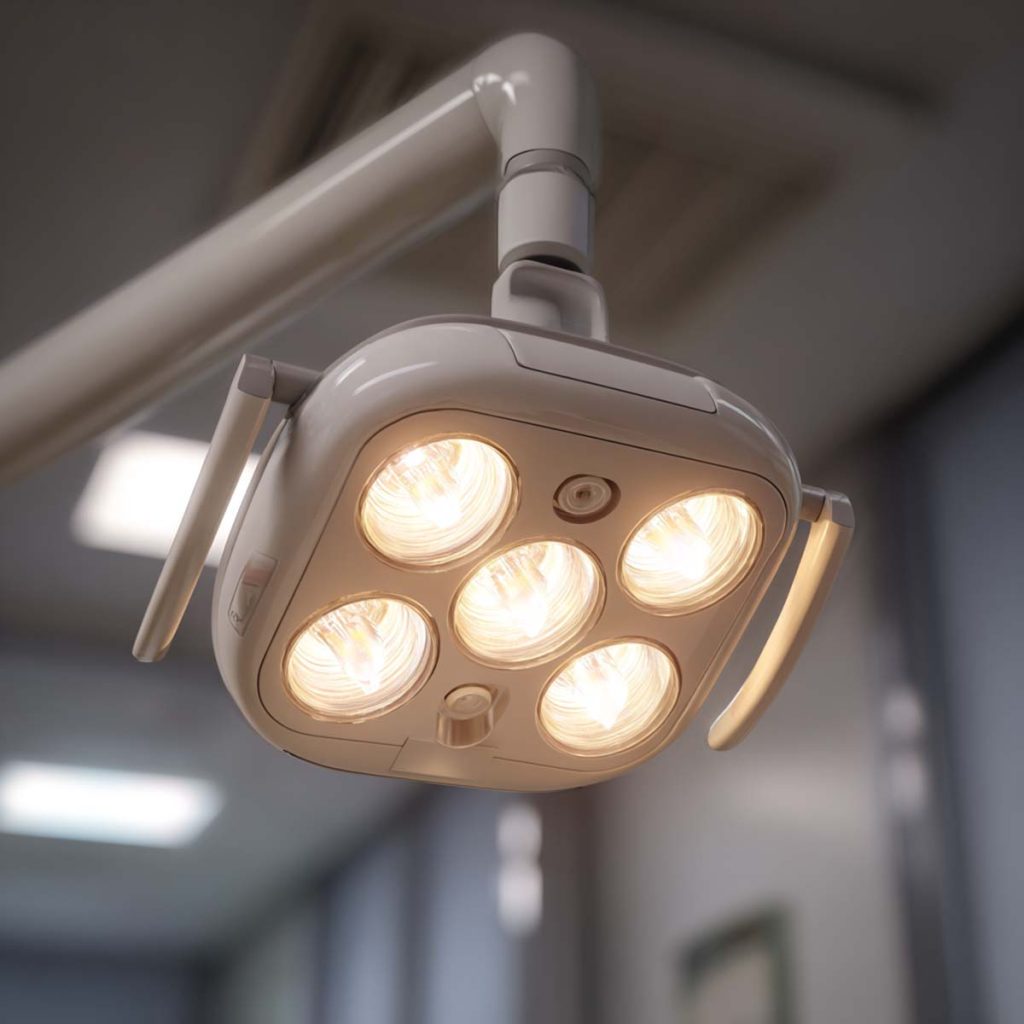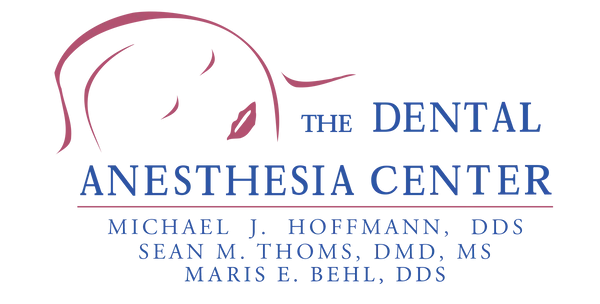At The Dental Anesthesia Center, understanding these sensory triggers is central to how we care for children and adults who may need additional support.
For many patients with special needs, a dental visit can feel overwhelming long before the appointment begins. Bright lights, unfamiliar sounds, new sensations, and changes in routine can create sensory overload, making even simple procedures difficult to tolerate.

Our approach is designed to help patients feel safer, more comfortable, and more in control—especially those with autism, sensory processing differences, developmental delays, dental anxiety, or medical conditions that make traditional dental care challenging.
Why Sensory Triggers Matter in Dentistry
Many patients with special needs interpret sensory input more intensely than others. A typical dental appointment includes a combination of:
- New faces
- Unexpected physical touch
- Loud equipment
- Bright overhead lighting
- Unfamiliar tastes and textures
- Changes to normal routines
For individuals who experience hypersensitivity, any of these sensations may feel uncomfortable or alarming. Recognizing these reactions early can help caregivers and providers prepare for a more successful visit.
How The Dental Anesthesia Center Helps Reduce Sensory Overload
DAC’s care model is built around comfort and trust. Our team works closely with families to understand sensory preferences, triggers, communication styles, and coping strategies before any treatment begins.
A Calmer, More Predictable Environment
We may adjust the environment by:
- Lowering overhead lights
- Using quiet rooms whenever possible
- Allowing noise-reducing headphones
- Minimizing unnecessary sounds
- Offering weighted blankets or comfort items brought from home
These small steps may help reduce overstimulation.
Gentle, Patient-Led Communication
We use clear, predictable language paired with visual cues and step-by-step explanations to help patients feel informed. Slowing down and allowing extra time often makes a meaningful difference.
Flexible Scheduling Options
Some patients do best:
- At specific times of the day
- With reduced waiting room exposure
- With shorter or longer appointments, depending on their needs
Our scheduling approach is designed to accommodate these preferences whenever possible.
Sedation Dentistry for Patients Who Cannot Tolerate Standard Care
For patients who cannot safely or comfortably receive care while awake, DAC offers a range of sedation options—including general anesthesia—to help complete the necessary dental treatment in a controlled, comfortable environment.
This approach is especially helpful for:
- Patients with severe sensory sensitivities
- Adults or children with significant dental anxiety
- Individuals who cannot remain still or cooperative for treatment
- Patients requiring extensive dental work in fewer visits
Sedation may help patients avoid emotional distress while supporting their long-term dental health.
Empowering Special Needs Patients Through Trust and Comfort
Every patient deserves dental care that feels safe and respectful. Understanding sensory triggers is an essential step in building that trust—especially for those who process the world differently.
At The Dental Anesthesia Center, our mission is to support patients who cannot tolerate standard dental treatment by creating a calmer, more predictable experience tailored to their unique needs. Whether through environmental adjustments, communication strategies, or sedation dentistry, we aim to help each patient feel more at ease during their visit.
Contact The Dental Anesthesia Center Today
If you need a dentist specializing in comfortable, sedation-based care, contact The Dental Anesthesia Center for expert, compassionate support.
